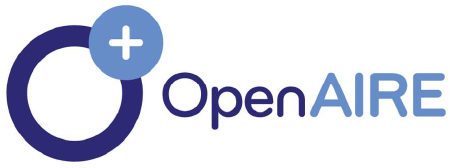DIFFERENCES IN THE COMMUNICATION OF MODERN GERMAN AND UZBEK LANGUAGES
Abstract
In the modern world, communication is not limited to the medium of language, but reflects different aspects of culture and society. German and Uzbek are also distinguished from each other by their distinctive features and methods of communication. In this thesis, we will consider the differences in communication in modern German and Uzbek languages.
References
1. Brown, P., & Levinson, S. C. (1987). Politeness: Some Universals in Language Usage. Cambridge: Cambridge University Press.
2. House, J. (2006). Communicative Styles in English and German. In G. Andersen & K. Aijmer (Eds.), Pragmatics of Society (pp. 249-276). Berlin: De Gruyter.
3. Fichtner, J., & Munk, H. (2015). German Culture and Society. München: Fink Verlag.
4. Karimov, A. (2007). Uzbek language and literature. Tashkent: National Encyclopedia Of Uzbekistan.
5. Wierzbicka, A. (1991). Cross-Cultural Pragmatics: the Semantics of Human Interaction. Berlin: Mouton de Gruyter.
6. Schneider, K. P., & Barron, A. (2008). Variational Pragmatics: a Focus on Regional Varieties in Pluricentric Languages. Amsterdam: John Benjamins Publishing Company.
7. Mehmanov, R. (2012). Stylistics Of The Uzbek Language. Tashkent: Science.
8. Schulze, W. (2008). Geschäftskommunikation in Deutschland und international. München: Oldenbourg Verlag.
9. Holmes, J., & Stubbe, M. (2003). Power and Politeness in the Workplace: a Sociolinguistic Analysis of Talk at Work. London: Pearson Education.
10. Nazarov, Sh. (2010). Uzbek language and culture. Tashkent: East.






















